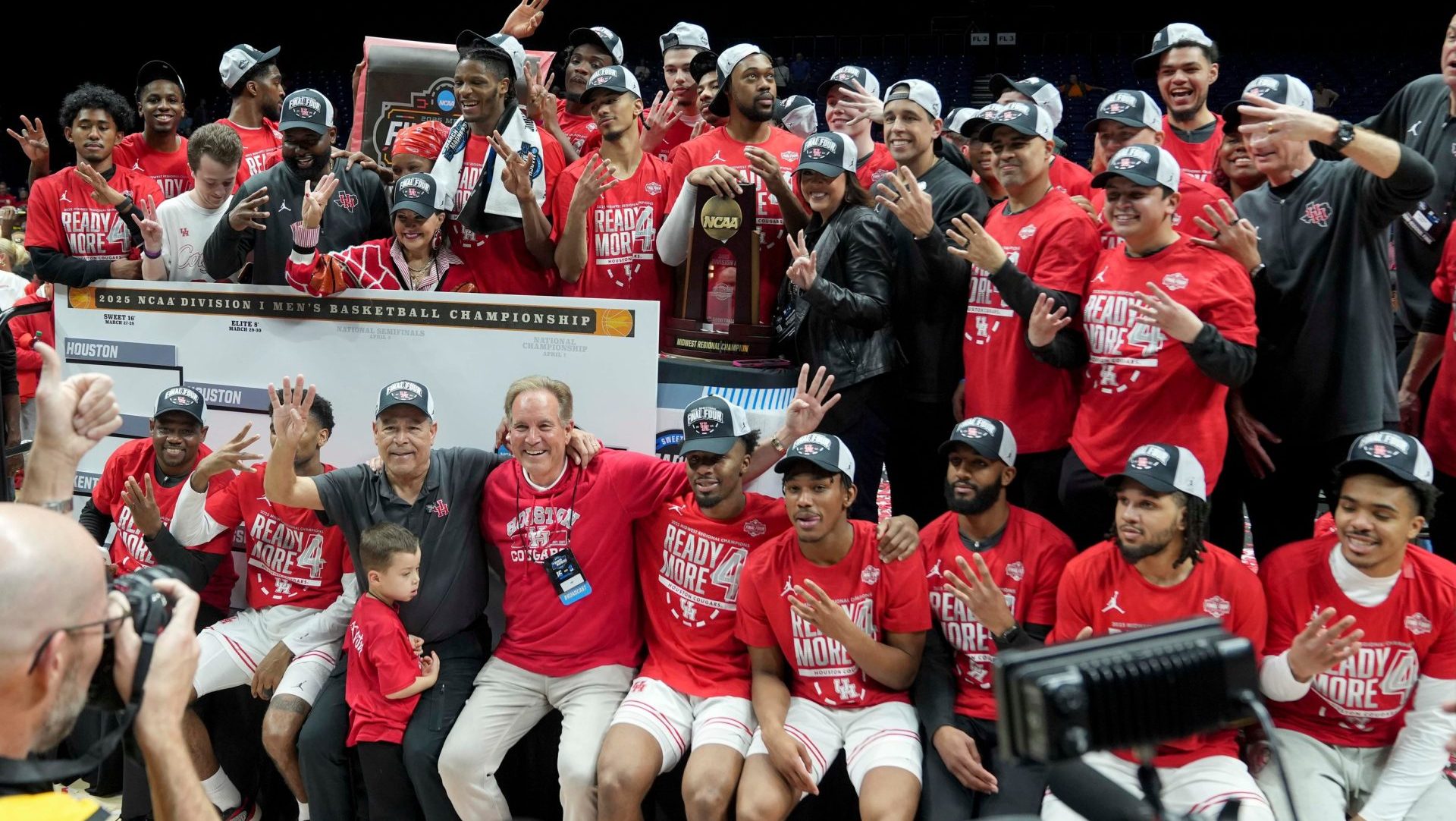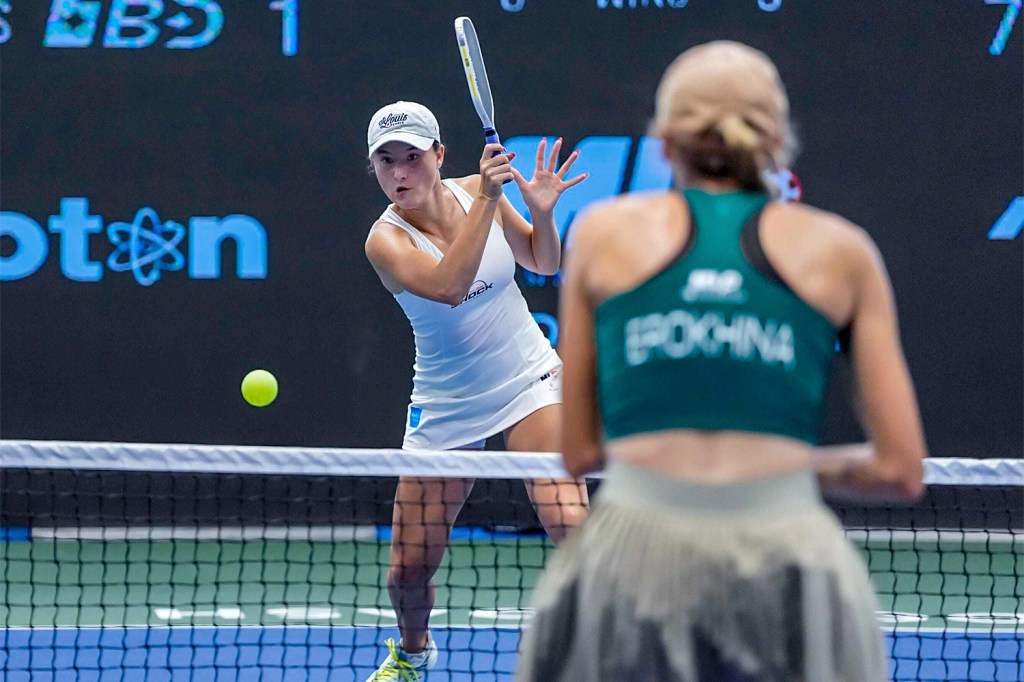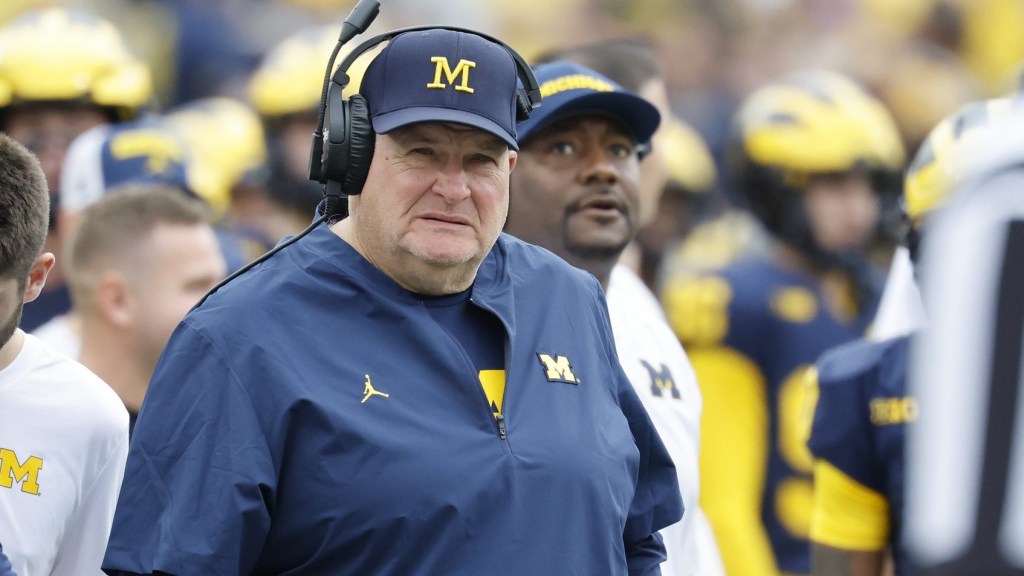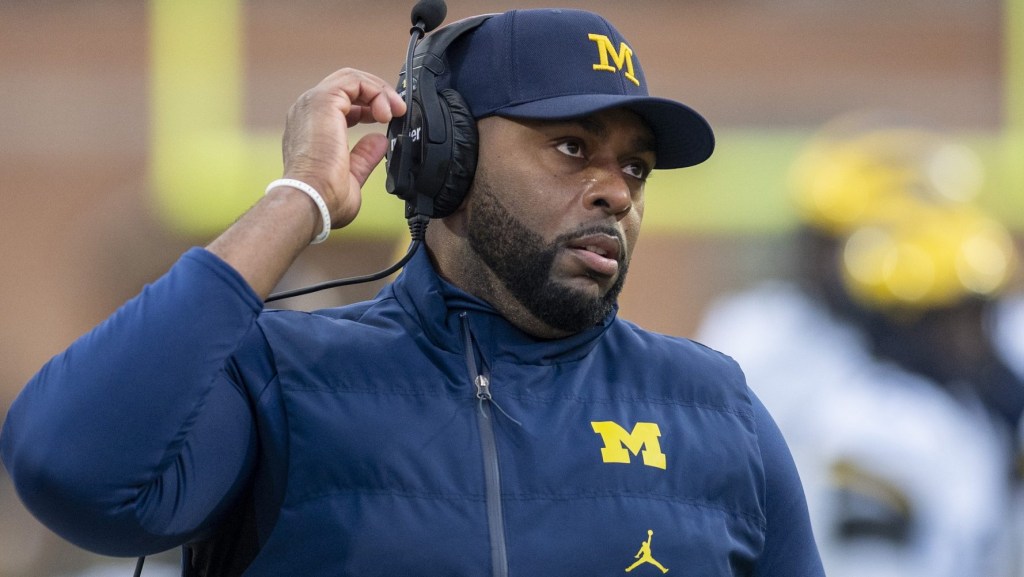The men’s March Madness tournament trend continues: the top seeds win.
The Final Four, which tips off Saturday in San Antonio, will feature all four No. 1 seeds (Auburn, Duke, Florida, Houston) for the second time in NCAA history. The first was in 2008, though Memphis, the eventual runner-ups, were stripped of their Final Four appearance due to a violation of eligibility rules. That year’s Final Four also took place in San Antonio.
The success of the No. 1 seeds follows a Sweet 16 that only featured power conference programs. Last year, two No. 1 seeds made the national title game (Purdue, UConn), though just two years ago, every single top seed was eliminated by the Sweet 16.
The results are another indication of how both the transfer portal and NIL (name, imagine, and likeness) have made an on-court impact. The system allows players to move to different schools whenever they want. Players often go to the highest bidder, which has made the transfer recruitment process mirror the free agency period of professional leagues.
FOS reporter Amanda Cristovich previously reported that SEC programs must spend about $3 million to $4 million on NIL in order to be competitive. The conference is assured of at least one team in the national title game as Auburn faces Florida in the Final Four.
However, coaches are not yet convinced that this year’s results are a clear-cut indication of the impact of NIL and the transfer portal.
“I don’t know if there’s enough sample size yet to say this is NIL-driven, or just how it broke this year,” Arizona head coach Tommy Lloyd told reporters Wednesday alongside BYU head coach Kevin Young.
Young said doesn’t believe “Cinderella” teams are dead. “People are going to learn how to play them to their advantage, and I’m sure the mid-majors will figure out how to work around the way things currently are,” Young said.

















